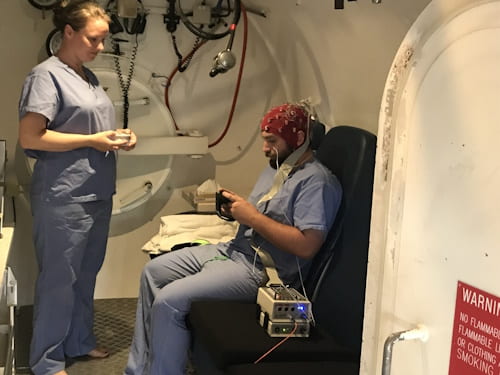
Quantifying gas narcosis in compressed gas diving
The onset of narcosis symptoms is expected around 30 metres (405 kPa) when breathing air. The principal hazard of gas narcosis is euphoria, overconfidence, and loss of judgment.

The onset of narcosis symptoms is expected around 30 metres (405 kPa) when breathing air. The principal hazard of gas narcosis is euphoria, overconfidence, and loss of judgment.

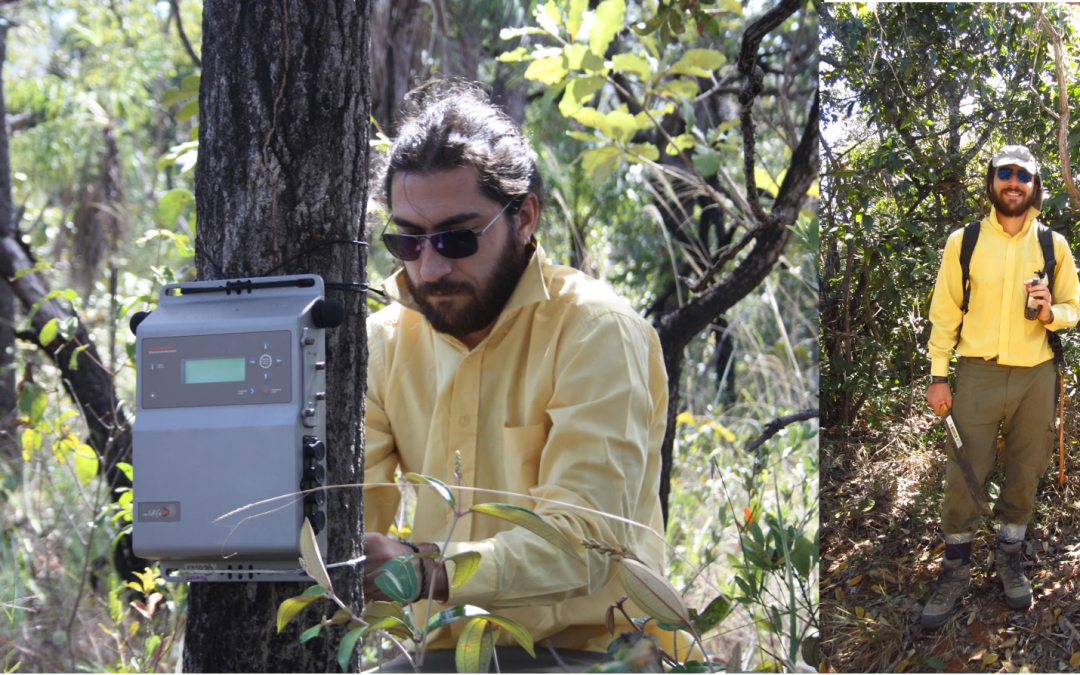
Given the current global biodiversity declines, understanding the process of biodiversity loss and improving tools for species conservation are emerging as major issues for ecological research. Protected areas are crucial for protecting biodiversity.
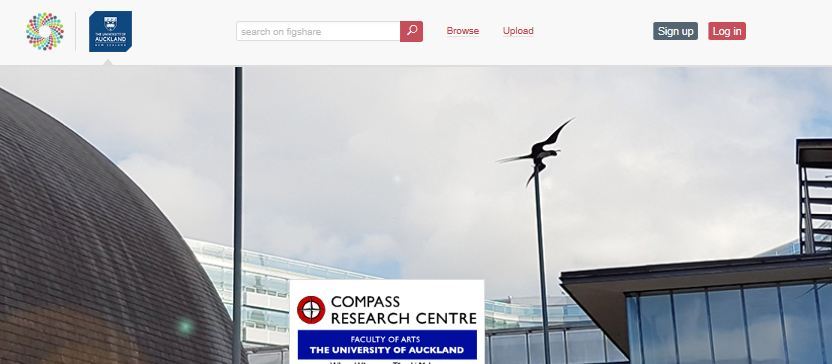
The Centre of Methods and Policy Application in the Social Sciences (COMPASS) is interested in leveraging online data publishing to enhance research impact, teaching, and collaborative opportunities. It is currently using the University’s Data Publishing and Discovery Service (DPADS), namely Digital Science’s Figshare platform – a pilot program led by the University Library and Learning Services and the Centre for eResearch.
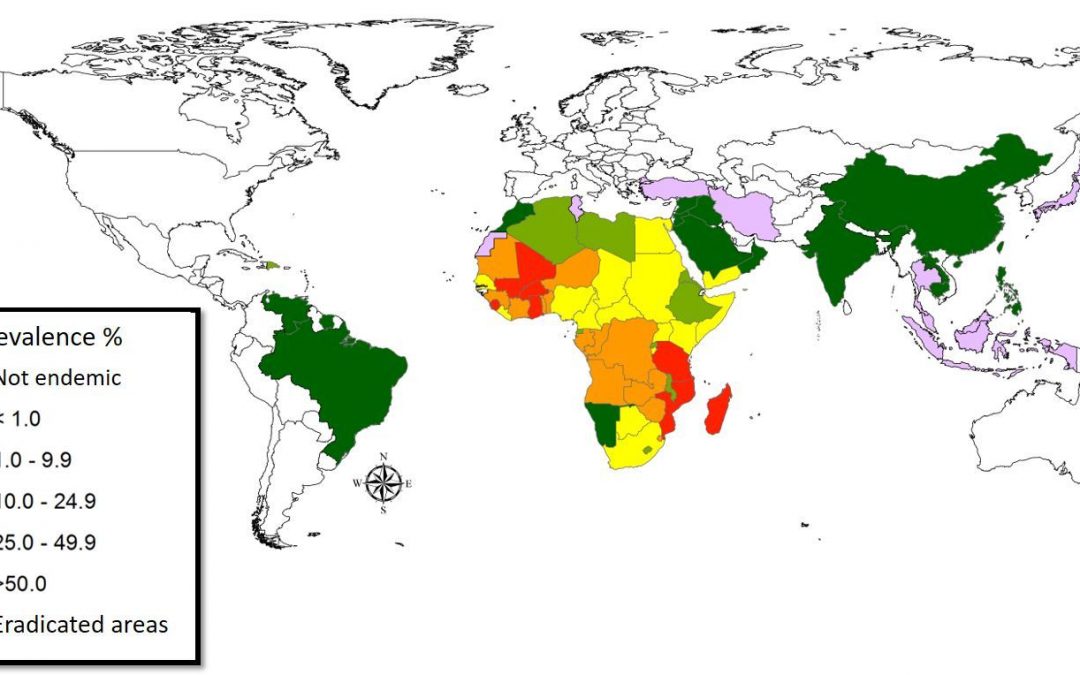
Schistosomiasis infection constitutes a major public health problem, particularly in countries where the disease is endemic. Worldwide. It is estimated 779 million people at the risk of contracting schistosomiasis, while about 210 million are infected with the disease.
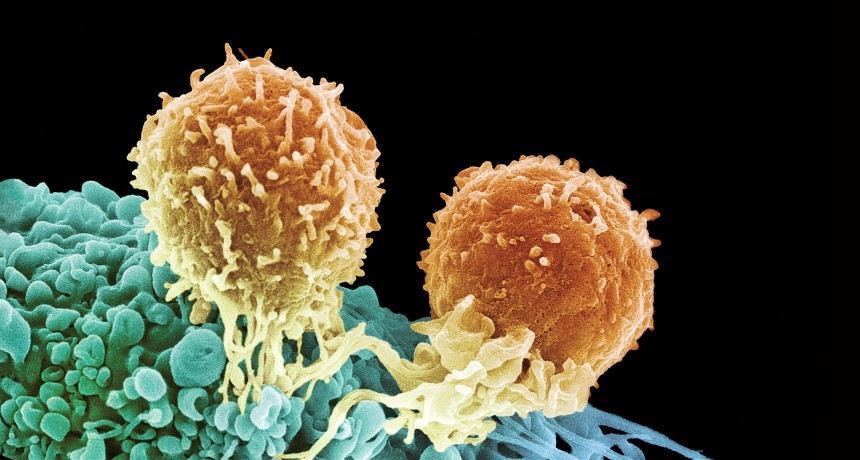
Cancer is the number two cause of mortality in the OECD behind heart disease. Up until the late 1990’s, there was a concerted effort by drug companies to develop ‘blockbuster therapies’ for the treatment of cancer, i.e. cancer therapies developed with a one-size-fits-all approach.

Launched in March 2016, the New Zealand Institute for Pacific Research (NZIPR) is a national institute aimed at promoting and supporting excellence in Pacific research, in order to deliver a world-class research programme focused on Pacific development, investment and foreign-policy issues.
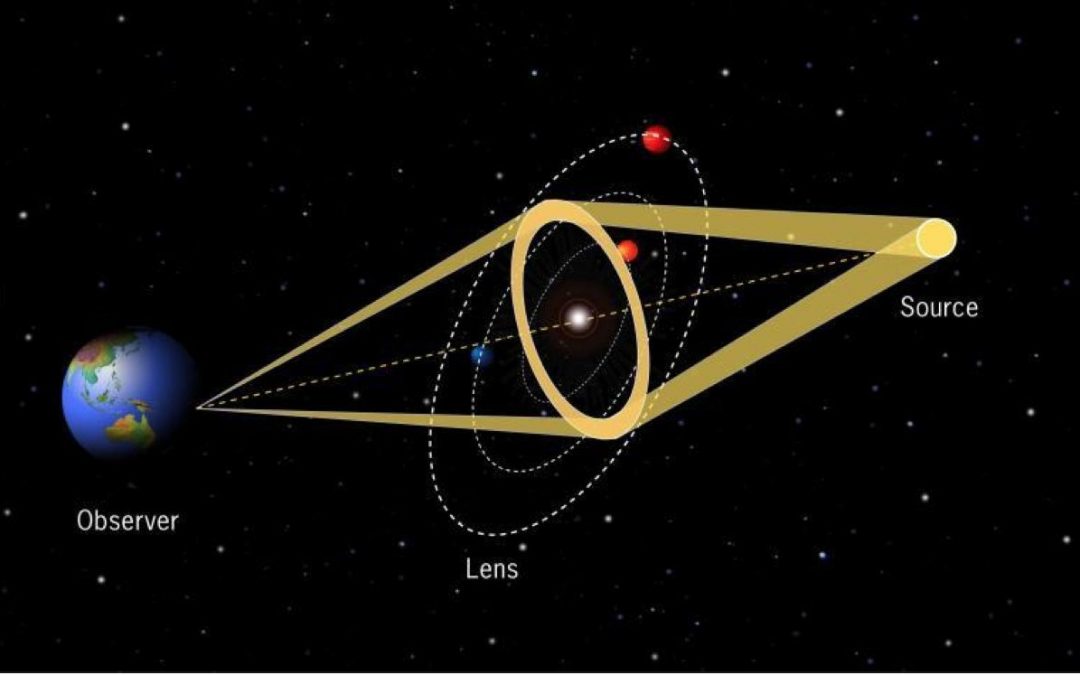
MOA is a Japanese New Zealand collaboration that makes observations on dark matter, extra-solar planets and stellar atmospheres using the gravitational microlensing technique. The phenomenon now known as gravitational microlensing was first described by Einstein in 1936.
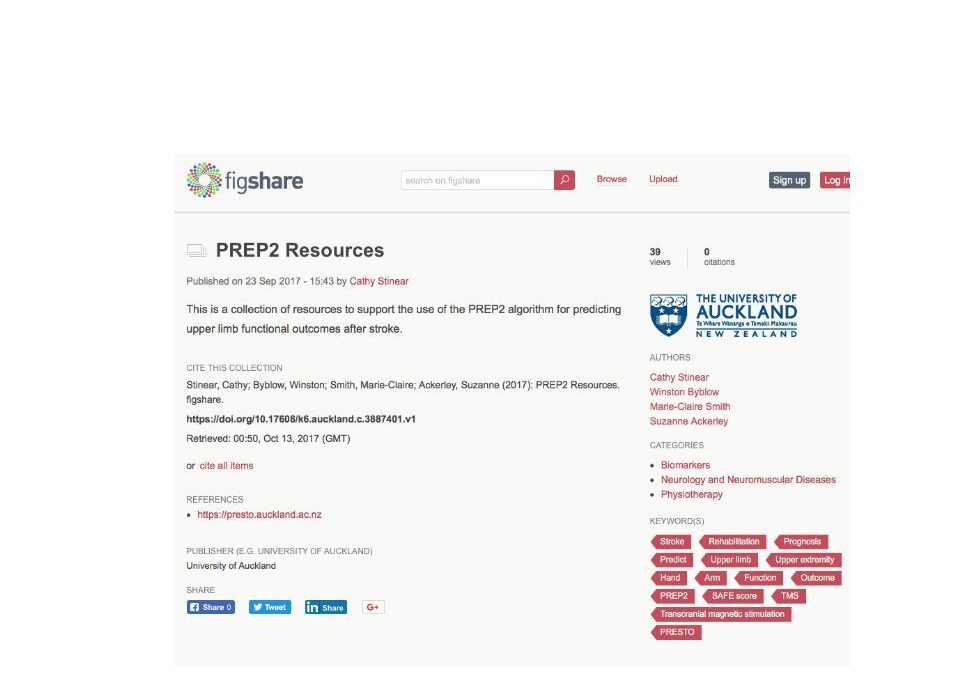
Stroke is a leading cause of adult disability worldwide. Most people who experience a stroke have weakness on one side of their body. The ability to live independently again after stroke depends largely on the recovery of strength and function on the affected side.